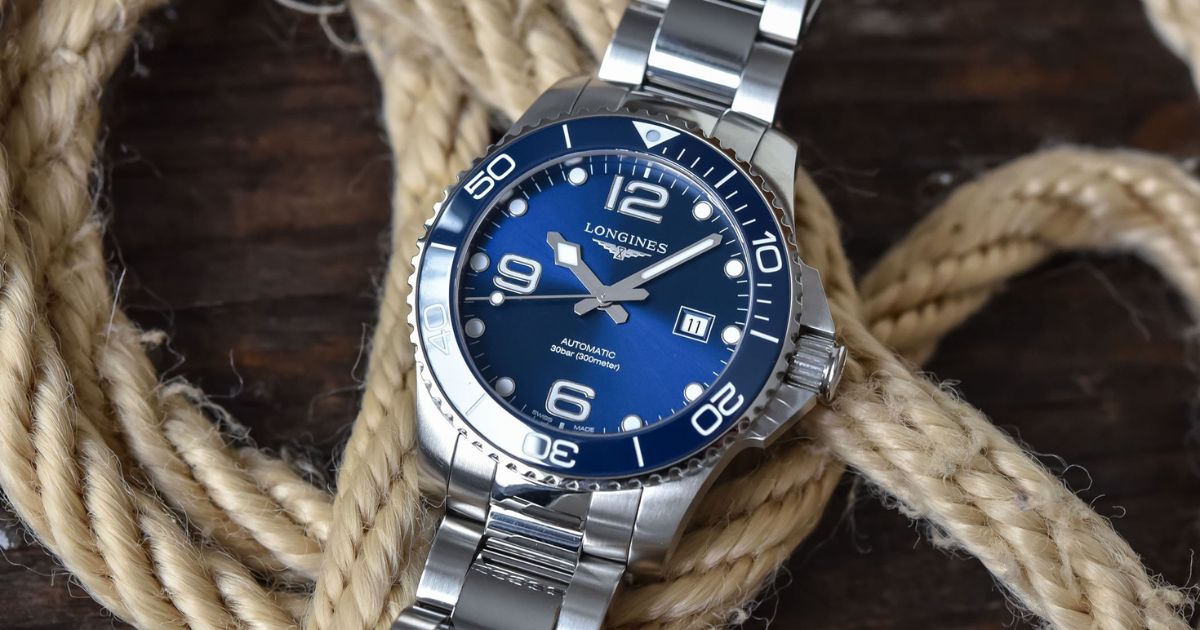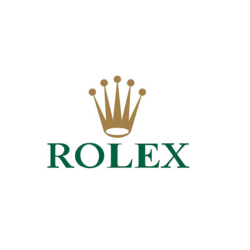Our Magazine
Blue Watch Dial: A Timeless Classic Explained

If you’ve spent any time in the world of horology, you’ve witnessed the reign of blue. Once a daring departure from the safe harbors of black, white, and silver, the blue dial watch has solidified its position as a modern classic. It’s a staple in nearly every major watchmaker’s collection, from the most storied heritage brands to the boldest contemporary manufactures. But what is it about this particular hue that has so thoroughly captured the hearts of collectors and casual admirers alike?
Today, we’re diving deep into the allure of the blue watch dial. We’ll explore its history, unpack the psychology behind its appeal, and examine the stunning variety of executions that make it a truly versatile cornerstone of any collection.
A Brief Dive into History
While it feels like a contemporary trend, the blue dial’s roots run deep. In the mid-20th century, brands like Patek Philippe and Vacheron Constantin began experimenting with blue, often using it in precious metal cases for dress watches. These early blue dials were typically lacquered, creating a rich, deep, and almost mysterious gloss that was reserved for the most discerning clientele. It was a color of elegance and quiet distinction.
The real shift, however, came with the advent of sports watches in the 1970s. Audemars Piguet’s Royal Oak, designed by the legendary Gérald Genta, and later Patek Philippe’s Nautilus, featured blue dials that were integral to their identity. These weren’t the dark, formal blues of old; the “Bleu Nuit” of the Nautilus and the “Bleu Royal” of the Royal Oak were complex, textured, and dynamic. They changed with the light, perfectly complementing the steel cases and integrated bracelets, creating a new archetype: the luxurious, versatile sports watch. This was the moment blue shed its purely formal skin and became a symbol of cool, understated confidence.
The Psychology of Blue: Why It Resonates
The universal appeal of blue isn’t accidental. Psychologically, blue is associated with trust, stability, intelligence, and calm. It’s the color of the sky and the sea—vast, deep, and inherently peaceful. On a wristwatch, these attributes translate into a timepiece that feels both reliable and serene.
Unlike a stark black or a pure white, blue possesses a unique emotional warmth. It’s less severe than black, yet more characterful than white. It invites you in, offering a sense of depth and complexity that rewards a closer look. This emotional resonance is a fundamental reason why a blue-dialed watch often feels so personally connected to its wearer.
A Spectrum of Character: The Many Faces of Blue
Not all blue dials are created equal. The true magic lies in the incredible variety of finishes and textures that watchmakers employ, each creating a distinct personality.
-
Sunray Brushed: Perhaps the most common and beloved execution. A sunray finish features delicate rays that emanate from the center of the dial, catching and reflecting light in a spectacular way. As your wrist moves, the dial shifts from a deep, navy blue to a brilliant, vibrant azure. It’s this dynamic, living quality that makes sunray blue so captivating and photogenic.
-
Matte or Grained: A matte blue dial offers a more tool-watch, utilitarian aesthetic. Think of the iconic Rolex Submariner in its early generations or a Panerai Luminor. This finish is less about flash and more about legibility and function. It absorbs light rather than reflecting it, presenting a solid, dependable blue that is both modern and vintage-inspired.
-
Lacquered: Lacquer creates an unparalleled depth and richness. It’s a high-gloss finish that can look like a still, deep ocean or a polished sapphire. Brands like A. Lange & Söhne and Grand Seiko have mastered this technique, creating dials so deep you feel you could fall into them. It’s a supremely elegant look that harks back to the dress watch origins of the blue dial.
-
Guilloché (Engine-Turned): For the ultimate in artisanal craftsmanship, a guilloché blue dial is hard to beat. Using ancient engine-turning machines or even laser technology, watchmakers create intricate patterns like clous de Paris, hobnail, or wave motifs. The Breguet Classique or the Vacheron Constantin Patrimony often feature such dials, where the engraved patterns play with light independently of the color, adding a layer of breathtaking complexity.
-
Fumé (Gradient): A contemporary favorite, the fumé dial features a gradient effect, typically dark at the edges and dramatically lighter at the center. This “smoky” transition adds a tremendous sense of three-dimensionality and visual interest. When executed in blue, it can mimic the horizon at dusk or the deep ocean meeting the surface, offering a truly artistic and modern statement.
Versatility: The Blue Dial's Greatest Strength
The ultimate triumph of the blue dial is its chameleon-like ability to adapt. It is, quite simply, the most versatile dial color you can own.
-
With a Suit: A deep, lacquered or guilloché blue dial watch is a perfect companion for formal and business attire. It provides a touch of personality without being ostentatious, effortlessly bridging the gap between conservative and contemporary.
-
Casual Wear: A matte or sunray blue sports watch on a stainless steel bracelet is the ideal everyday timepiece. It pairs perfectly with jeans and a t-shirt, offering a refined yet relaxed aesthetic.
-
Strap Monster: The blue dial is a “strap monster.” It looks phenomenal on its original metal bracelet, but also comes alive on a brown leather strap (creating a classic, complementary contrast), a black rubber strap for sportiness, or even a grey or navy fabric NATO for a casual, utilitarian vibe. Each strap change can make the watch feel entirely new.
A Timeless Investment
The blue dial is no longer a trend; it is a fixture. Its journey from a niche elegance to a horological powerhouse is a testament to its inherent beauty and versatility. It carries the depth of the ocean, the calm of the sky, and the spark of human ingenuity.
Whether you are drawn to the radiant dance of a sunray finish, the profound depth of a lacquered canvas, or the technical charm of a matte tool watch, a blue-dialed timepiece offers more than just the time. It offers a connection to a rich history, a statement of personal style, and a window into the captivating artistry of watchmaking. It is, and will remain, a timeless classic.
What is your favorite execution of the blue dial? Share your thoughts and your own blue-dialed watches in the comments below.













